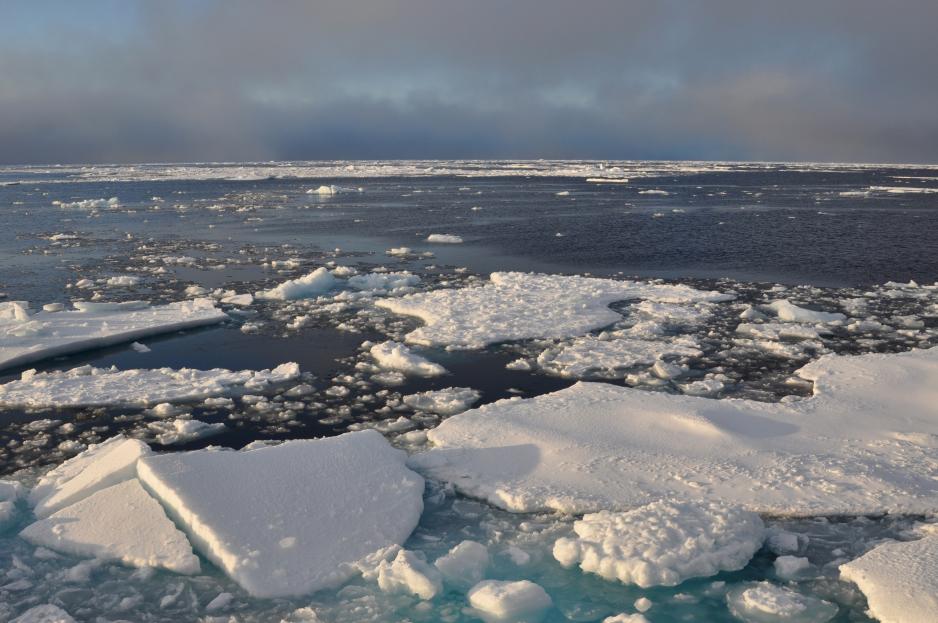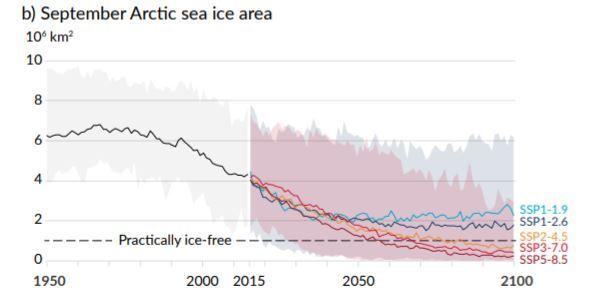Arctic Sea Ice Level at Its Lowest Since 1850, According to New Report

Between 2011 and 2020, the annual average sea ice level in the Arctic reached its lowest level since at least 1850. The extent of the Arctic Sea ice cap has in late summer been lower than ever, at least for the past 1,000 years. (Photo: Patrick Kelley)
Global warming will lead to further melting of sea ice, Greenland’s inland ice cap and glaciers, as well as less snow and increased permafrost thaw, according to the 6th main report from the UN Panel on Climate Change (IPCC), which was published on Monday.
On Monday, the 6th main assessment report from the IPCC was published. This is the first report about the scientific foundations for climate changes following the Paris Accord.
According to the report, the extension of sea ice in the Arctic has been reduced by some 40 percent in September and 10 percent in March. The Arctic summer ice level is at its lowest in at least 1,000 years.
“The sea ice area was smaller between 1979 and 2020 for both summer and winter seasons, whereas there have been smaller changes in Antarctica for the same time period. The Arctic Sea ice has grown thinner and it is moving faster, says Climate Scientist Sebastian Gerland at the Norwegian Polar Institute.
The Arctic Sea ice has grown thinner, and it is moving faster
The warming of polar areas goes faster than the global warming average. Temperature increase on the coldest days in the Arctic are expected to be three times as fast, and the general warming of the Arctic will be twice as fast.
For all scenarios, it is like for the Arctic to be more or less ice free in September at least once by 2050. The more warming, the more frequent it will happen, the IPCC writes.

Sea ice expansion in the Arctic in September. (Illustration: IPPCC. From the first partial report to the 6th main report.
Glaciers in mountain areas and in polar areas will continue melting for decades or centuries to come. Carbon emissions due to thawing permafrost will continue for centuries.
The main report is available here.
Also read
This article was originally published in Norwegian and has been translated by HNN's Elisabeth Bergquist.



